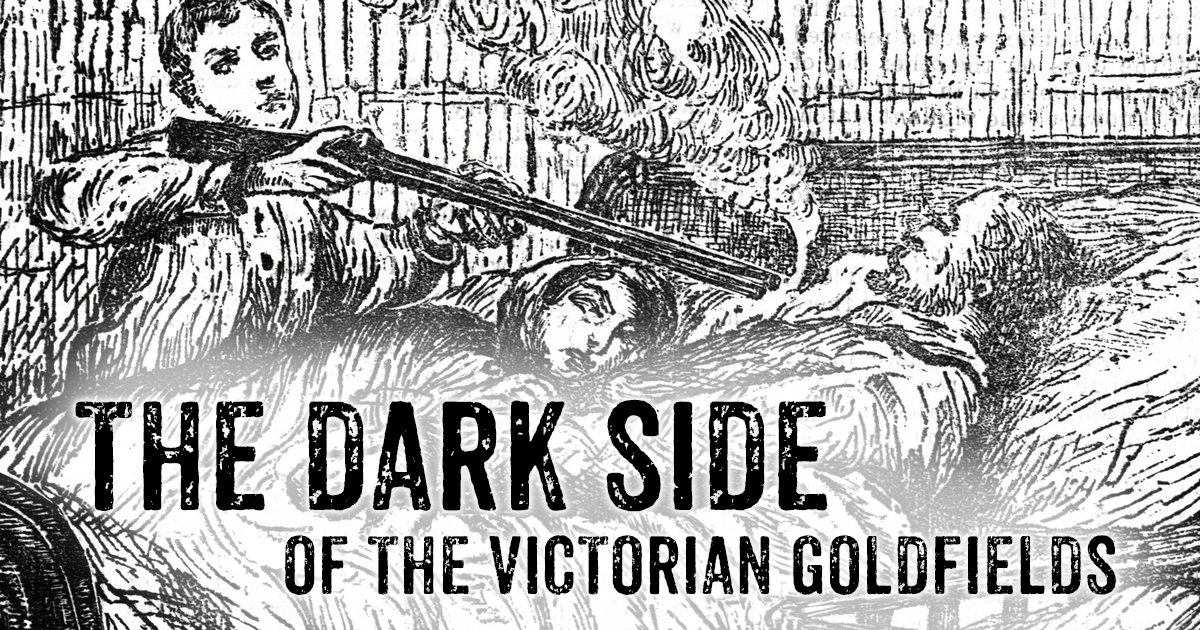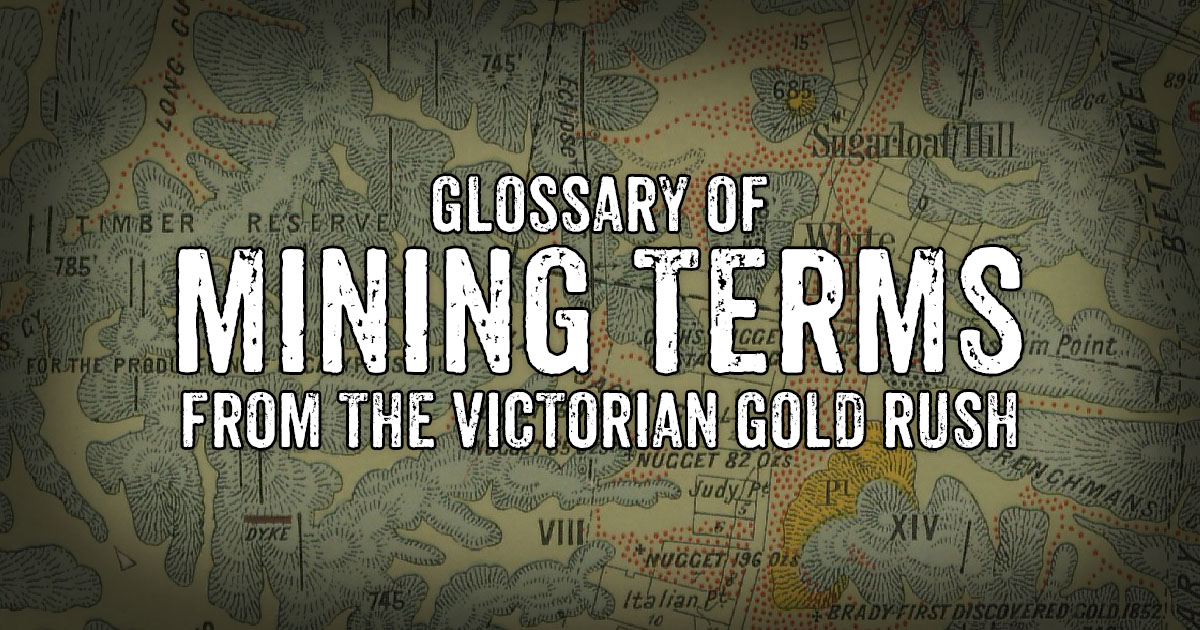
In the
early 1850s, the dazzling news of Victoria's gold rush had drawn thousands upon
thousands of prospective diggers across the world.
Every heart
was filled with hope, but after a long and difficult sea voyage, many migrants were
faced with a harsh reality upon reaching Melbourne's shore - there was nowhere
to sleep, little to eat, and everything came at an exorbitantly high cost.

Image source: State Library Victoria
The establishment of Canvas Town
In 1852, Governor
La Trobe addressed the housing crisis with the establishment of Canvas Town, a haphazard
tent city which stood to the south of the Yarra River, near Princes Bridge.
You can watch the video below, or keep scrolling to continue reading on this page.
Hundreds upon hundreds of tents of all kinds were erected, with thoroughfares being named after well-known streets in England - including Regent Street, Bond Street, and Liverpool Street.
Canvas Town boasted a myriad
of stores and services, including butchers, bakers, tailors, shoemakers,
blacksmiths, and more. There were even physicians and dentists on hand.

Image source: State Library Victoria
Tents could
be rented for a few shillings a week, allowing the seemingly endless number of
migrants who flooded into Melbourne to have temporary shelter while preparing
for their arduous journeys from Melbourne to the gold diggings.
Living conditions in Canvas Town
However, living
conditions were less than ideal. Illness was rife due to the poor sanitation,
cramped living quarters, and close proximity to the polluted Yarra River.

Image source: State Library Victoria
Many news
articles reported on the sufferings of the inhabitants of Canvas Town,
describing it as choked with dust, stifled with heat, and alternately drenched
with rain.
Canvas Town,
although born out of good intentions and great necessity, quickly deteriorated
into a slum.
The Banner
reported in 1854 that in the midst of Melbourne's wealth there was the pallid
destitution in the depository of Canvas Town, a heterogeneous mass
of migrants who had come to a place unfitted for them.

Image source: State Library Victoria
A recollection published by an old inhabitant many years later described how Canvas Town had hastily degenerated. The tents lost their newness, the spick and span appearance passed, the homes fell into disrepair, became ragged and black, and the inhabitants seemed to degenerate with them.
The promiscuous living was not conducive to morality. Considerations of common respectability were forgotten. Regent Street, Oxfort Street and Holborn became muddy quagmires in the wet weather, and beds of deep dust in the heat.
Squalor reigned, and crime crept
in.
Death in Canvas Town
Death was
an all-too common occurrence under these conditions, and the dead were often
friendless.
A ghoulish
undertaker known as Old Croft was soon employed by the public hospital to bury
those who died without friends or family.

He was described as a cadaverous Vandemonian, who dressed in a seedy suit of black cloth. His eyes were dark and penetrating, and his nose long, straight, and sharp as a lance.
His mouth was pursed up as though to prevent any vitality
escaping into those who he wished would become his customers. Old Croft lurked
about Canvas Town, peering intently at its sick inhabitants, waiting for his
next job.

As he sat
upon his hearse with his head bent forward, Old Croft was described as being
the perfect illustration of the Angel of Death going forth on an errand of
destruction.
The cost of living in Canvas Town
Complaints
were made about the high cost of rent in Canvas Town, with one man writing to
The Argus to point out that he was paying five shillings a week for a tent,
while the squatter paid only ten pounds a year for all the land he'd pastured
with sheep.
The end of Canvas Town
Ultimately,
Canvas Town only enjoyed a brief existence. In February 1854, a notice was
issued to all persons encamped on the Crown Lands south of the Yarra River
stating that their permits didn't authorize occupancy beyond the end of March.
Image source: Victorian Government Gazette, 3 March 1854, p. 576
Although
Canvas Town was dispersed within two years of its conception, the housing
crisis went on, and many residents of Melbourne continued to live in tents
through the remainder of the 1850s and 60s.
No trace
remains of Canvas Town today, and the area it occupied along the South Bank of
the Yarra River is now filled with galleries, restaurants and sweeping
parklands.





